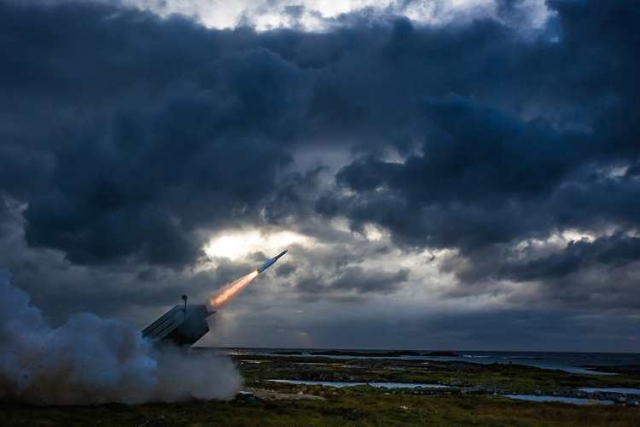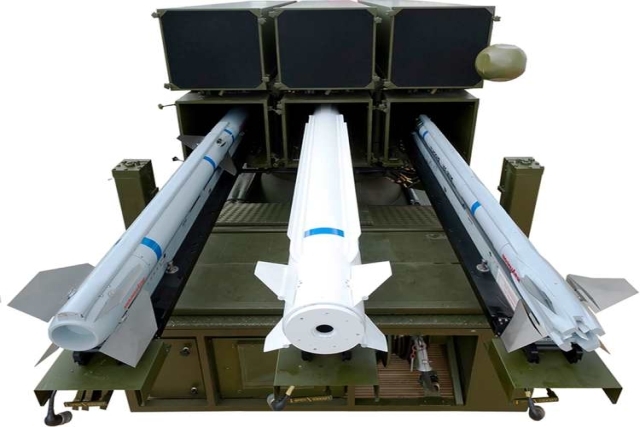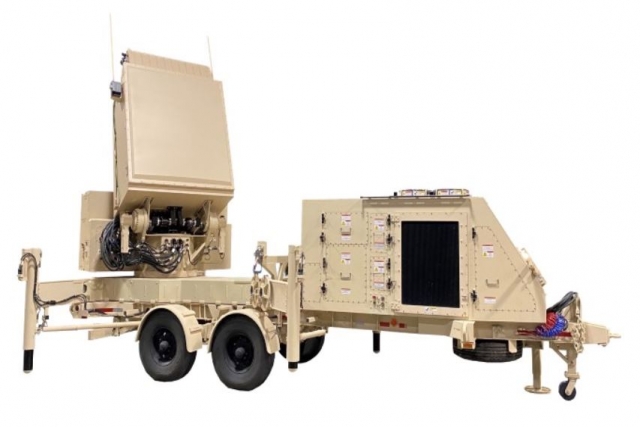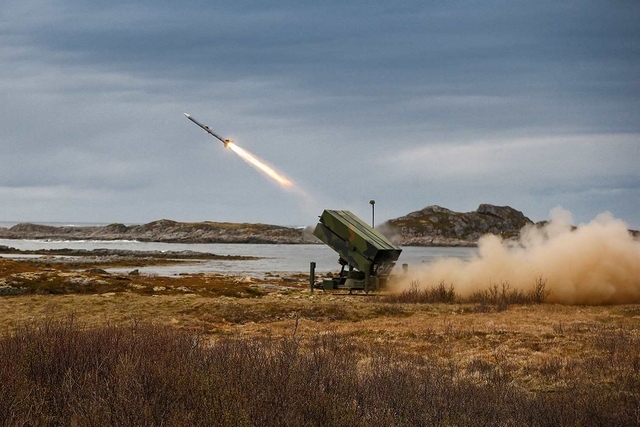Will NASAMS Air Defense System Contain Russian Missiles Raining on Ukraine?

News has emerged that the U.S. has agreed to provide Ukraine with one of the most advanced air defense systems in NATO’s arsenal, NASAMS (Norwegian Advanced Surface-to-Air Missile System) that is claimed to be effective against fighter jets and missiles at long, beyond -visual - range distances.
Deployed to protect several of NATO allies’ cities and critical installations, NASAMS has never been tested in a real battle but is said to be vast improvement over the S-300 systems, which is the most advanced air defense system in use by Ukraine.
In the absence of an effective air defense by Ukraine, Russian warplanes and missiles have been striking at will and rarely intercepted during the course of the war since February this year.
American President Joe Biden who attended the G7 summit in Germany, said the U.S. "has made the procurement of advanced air defense systems for Ukraine a priority,” but did not specify the type.
A new military aid package to Ukraine could also include "additional artillery ammunition and counter-battery radars,” which are used to pinpoint the source of enemy artillery firing.
In late March, Ukrainian President Volodymyr Zelensky asked Norway to provide the NASAMS systems and Harpoon anti-ship missiles. In the next month, the Ukrainian Air Force Command announced in a video message on social media that they were replacing obsolete Soviet-made Buk-M1 SAM with the advanced NASAMS systems.

The NASAMS, built by Raytheon in the U.S. in partnership with Norway's Kongsberg Defense and Aerospace, has been sold in 15 countries. The system includes a AN / MPQ-64F1 Sentinel 3D radar, a passive electro-optical and infrared sensor and a number of missile canister launchers with AMRAAM missiles. Raytheon is responsible for supplying its AIM-120 AMRAAM medium-range air-to-air missiles for this system, and Kongsberg supplies the launchers. Each mobile launcher has six containers with anti-aircraft missiles.
The most recent capabilities, demonstrating NASAMS path of evolution, are the AMRAAM Extended Range missile (AMRAAM ER) and the AIM-9X-2. AMRAAM ER significantly extends the engagement volume of NASAMS, while the AIM-9X-2 is optimized for shorter ranges. The firing range of the NASAMS II model using AIM-120C AMRAAM missiles is up to 25 km, and the altitude range is up to 14-15 km.













